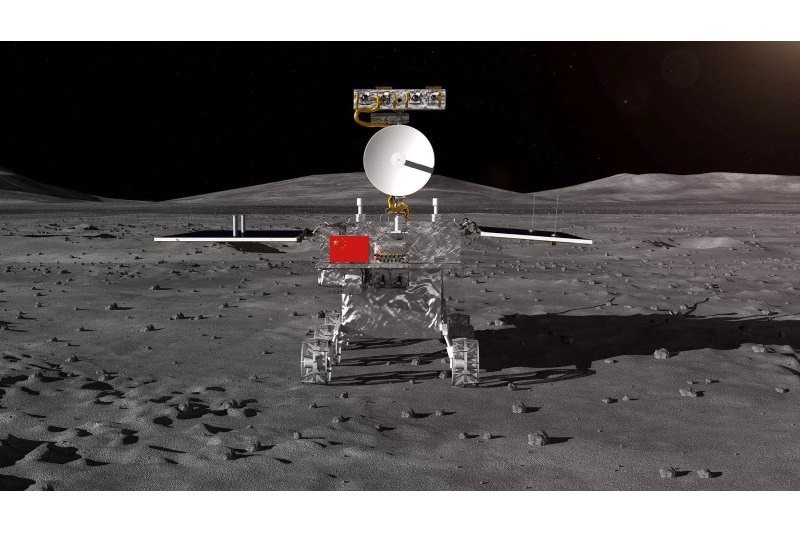As the nation moves closer to its goal of landing a person on the moon by 2030, China’s Chang’e 6 robotic mission is scheduled to launch this week with the goal of returning samples from the moon’s far side for the first time.
The Chang’e 6 lunar probe and the Long March-5 Y8 carrier rocket combination have been moved to the launch pad at the Wenchang Space Launch Site in Hainan province for final testing and fuel loading, according to a statement released by the China National Space Administration (CNSA) on Saturday.
The project, which is scheduled to launch in early May, will be the first of its kind in history to try and gather samples from the side of the moon facing away from Earth.
Approximately 2 kilograms (4.4 lbs) of samples will be collected by the lander in contrast to the 1.731 kg that Chang’e 5 brought back in 2020.
The examination of the samples is anticipated to open a new chapter in China’s lunar exploration efforts and provide additional understanding of the history of the moon, Earth, and solar system.
Chang’e 6 is scheduled to land in the Apollo basin, a region of rough terrain that is outside the direct communication range of Earth.
China launched the Queqiao-2 satellite in March to transport communications to and from ground stations on Earth, enabling communication with the lander on the lunar surface.
State broadcaster CCTV was informed on Saturday by Zhu Haiyang of the China Academy of Launch Vehicle Technology that the lunar orbit presented “extra high requirements for the launch window.”
There was a smaller launch window than, say, for a low-Earth orbit spacecraft launch because of the Earth and moon’s ever-changing relative locations.
Zhu claimed that in order to maximize their chances, the crew employed a “narrow window, multiple trajectories” launch plan.
The mission represented a number of technological advancements, according to Ge Ping, deputy director of the CNSA’s Lunar Exploration and Space Programme Centre, who spoke with CCTV.
According to Ge, “[Chang’e 6] will make breakthroughs in take-off and ascent technology, intelligent sampling technology, and lunar orbit design and control technology, and ultimately achieve automatic sampling and return from the lunar dark side.”
In 2007, the inaugural Chang’e mission was launched, placing a probe in lunar orbit. In 2019, Chang’e 4 made history by being the first spacecraft to soft land on the moon’s far side, successfully bringing the robotic rover Yutu-2 to the surface after Chang’e 3 successfully landed a rover on the moon’s near side in 2013.
China is on course to land humans on the moon by 2030, according to Lin Xiqiang, deputy director of the country’s manned space agency, who made this announcement on Wednesday.
According to Lin, the Mengzhou spacecraft, the Long March 10 rocket, and the spacesuits that would be worn on the moon were all still in the development and testing stages.
According to Lin, the CNSA was selecting the lunar rover crew and lunar surface cargo.
In the meanwhile, in 2026, the Chang’e 7 mission will take off. It will be made up of an orbiter, a lander, a rover, and a tiny flying probe that will be used to fly into lunar surface trenches and search for ice.
Chang’e 8 is expected to arrive at the moon’s south pole in 2028 after that. A proposed International Lunar Research Station, backed by Pakistan, Venezuela, Russia, and other countries, will be built using elements of the two missions with the goal of establishing a long-term human presence on the moon.
